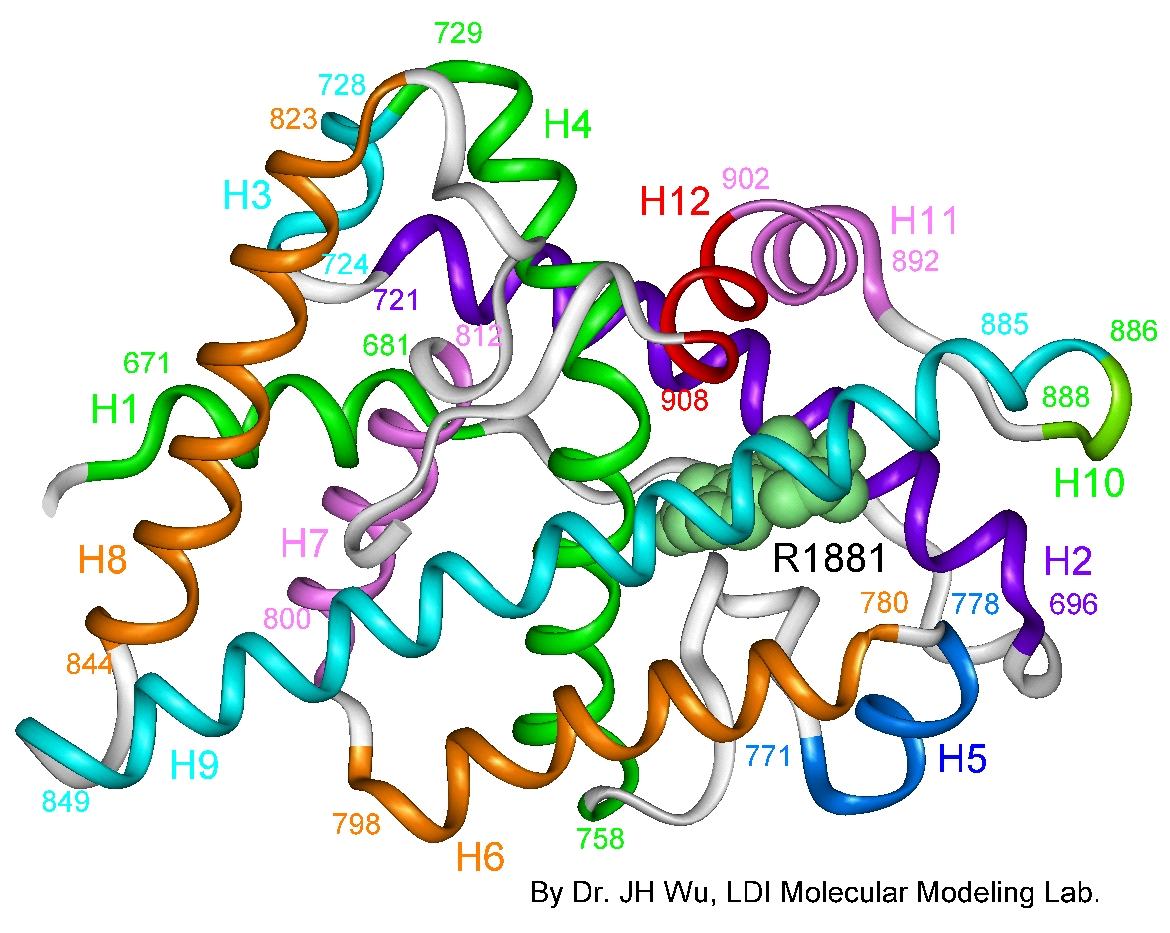Partial Androgen Insensitivity Syndrome

A disorder of sex development (DSD) distinct from complete AIS (CAIS) characterized by the presence of abnormal genital development in a 46,XY individual with normal testis development and partial responsiveness to age-appropriate levels of androgens.
Epidemiology
There are no available data on the prevalence of PAIS in the general population. Nevertheless, resistance to androgens is the most frequent cause of XY DSD.
Clinical description
Patients have a highly variable genital appearance. The prototypic form of presentation is severe hypospadias, micropenis, and bifid scrotum in which the testes may or may not be descended. In the more severe form of PAIS, patients have female external genitalia with clitoromegaly, partial labial fusion and labial swellings comprising testes. A mild end of the spectrum, labeled MAIS (mild or minimal AIS), is a male with gynecomastia at puberty or an adult presenting with male factor infertility.
Etiology
The condition is due to missense mutations in the androgen receptor (AR) gene (Xq11-12) coding for the AR nuclear transcription factor, and results in variable degrees of AR function. An AR mutation is found in only approximately 20% of patients with PAIS.
Diagnostic methods
The diagnosis is based on clinical and biochemical findings in XY patients with varying degrees of under-masculinization. The typical hormone profile is increased luteinizing hormone (LH) and testosterone levels, which is used as a screening test for MAIS with male factor infertility. Serum anti-Mullerian hormone (AMH) levels may be normal or increased. A pelvic ultrasound, MRI or cysto-urethroscopy confirm the presence of Wolffian duct structures and the absence of Müllerian structures. A utriculus or vaginal remnant is often visualized on urethroscopy. Positive mutation analysis of the AR gene and the mutant AR confirmed to be pathogenic in a reporter gene assay confirms the diagnosis.
Differential diagnosis
Human chorionic gonadotropin (hCG) stimulation should be performed to exclude an androgen biosynthetic defect. A urinary steroid profile is reliable to exclude 5-alpha-reductase deficiency (see this term) after six months of age. Other differential diagnoses include 46,XY partial gonadal dysgenesis, congenital adrenal hyperplasia due to cytochrome P450 oxidoreductase deficiency, Denys-Drash syndrome, Smith-Lemli-Opitz syndrome (see these terms), and PAIS with a normal AR. The latter condition is strongly associated with low birth weight due to fetal growth restriction.
Antenatal diagnosis
Antenatal diagnosis is seldom indicated.
Genetic counseling
The condition is X-linked recessive. Affected families should be offered genetic counseling only when an AR gene mutation has been identified and shown to be pathogenic. Counseling should be based on the variable expression of the same AR mutation between, and even within, affected families.
Management and treatment
Management depends on the sex of rearing that the parents and healthcare professionals should assign as early as possible in infancy. Those raised as male require hypospadias repair (two procedures or more) and orchiopexy for undescended testes. Those raised as female need gonadectomy before puberty and puberty induction with estrogen. The onset of puberty in PAIS patients raised male is unpredictable and large doses of androgens may be required to induce adequate virilization. Gynecomastia is treated by reduction mammoplasty. High dose androgens can rarely restore fertility in MAIS patients. Psychological support from birth to adulthood is necessary.
Prognosis
Prognosis is variable in terms of sexual function and quality of life in those raised male. Infertility is invariable. There is an increased risk of gonadal tumor, particularly if the testis remains undescended.